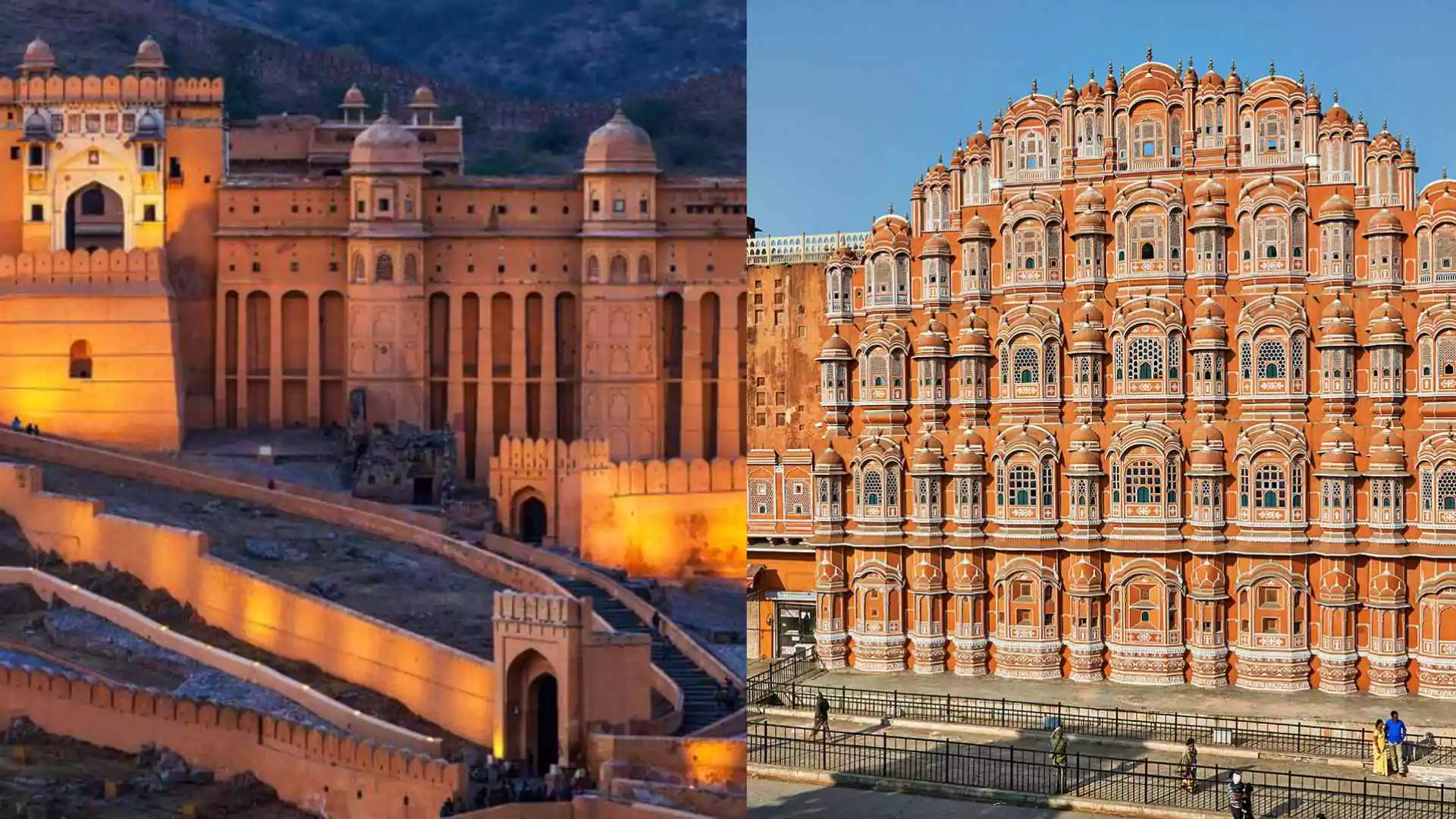Standing on a grassy hillside near the Krafla volcano, Bjorn Guðmundsson prepares to lead a groundbreaking initiative aimed at drilling into the magma below. With a history of eruptions, Krafla has erupted around 30 times in the last millennium, the last occurring in the mid-1980s.
Drilling Down to Magma
Guðmundsson heads a team of international scientists involved in the Krafla Magma Testbed (KMT), which seeks to enhance our understanding of how magma behaves underground. The project aims to drill two boreholes, the first beginning in 2027, reaching depths of about 2.1 kilometers (1.3 miles). “It’s like our moonshot. It’s going to transform a lot of things,” states Yan Lavallée, a professor of magmatic petrology and volcanology at the Ludwigs-Maximillian University in Munich and chair of KMT’s science committee.
Monitoring the Earth’s Pulse
Currently, volcanic activity is typically monitored using tools such as seismometers, but there’s limited knowledge about underground magma. “We’d like to instrument the magma so we can really listen to the pulse of the earth,” says Lavallée. By placing pressure and temperature sensors in the molten rock, researchers hope to gain insights into the dynamics of magma movements, which could aid in predicting eruptions and advance geothermal energy technology.
The Impact of Volcanic Activity
Approximately 800 million people live within 100 kilometers of hazardous active volcanoes. The researchers aim to utilize their findings to enhance safety and reduce economic losses. With Iceland housing 33 active volcano systems, recent eruptions, particularly in the Reykanes peninsula, have caused significant disruptions, illustrating the need for better prediction methods.
Pioneering Geothermal Power
The second borehole of the KMT project will test a new generation of geothermal power stations that harness the extreme heat from magma. “Magma is extremely energetic. They are the heat source that power the hydrothermal systems that lead to geothermal energy. Why not go to the source?” Lavallée asks. In Iceland, geothermal sources provide 25% of electricity and 85% of household heating.
A Chance Discovery
In a surprising incident in 2009, engineers drilling for hot fluids encountered magma at only 2.1 kilometers, much shallower than expected. The encounter produced superheated steam and an impressive energy output, demonstrating the potential of tapping into magma. “This well produced about 10 times more energy than the average well in this location,” says Bjarni Pálsson, executive director of geothermal development at Landsvirkjun.
Global Geothermal Demand
With over 600 geothermal power plants worldwide, there’s a growing demand for reliable low-carbon energy. Researchers are exploring ultra-deep geothermal options that exceed temperatures of 400°C. Rosalind Archer, former director of the Geothermal Institute in New Zealand, emphasizes the significance of reaching these higher energy reserves.
Overcoming Technical Challenges
Drilling into magma presents significant technical hurdles, requiring the development of new materials resistant to extreme conditions. “We have to explore new materials and more corrosion-resistant alloys,” explains Sigrun Nanna Karlsdottir from the University of Iceland.
Safety Considerations
While drilling into volcanic magma may seem risky, Guðmundsson reassures, “We don’t believe that sticking a needle into a huge magma chamber is going to create an explosive effect.” He cites past experiences to suggest that such operations have been safely conducted before.
A Transformative Future
The KMT project holds the promise of advanced volcanic forecasting and enhanced geothermal energy production. “I think the whole geothermal world is watching the KMT project,” says Archer. “It is potentially quite transformative.”
(Includes inputs from online sources)
ALSO READ: Microplastics Everywhere: Dolphins Show Evidence Of Inhalation, Study Finds























